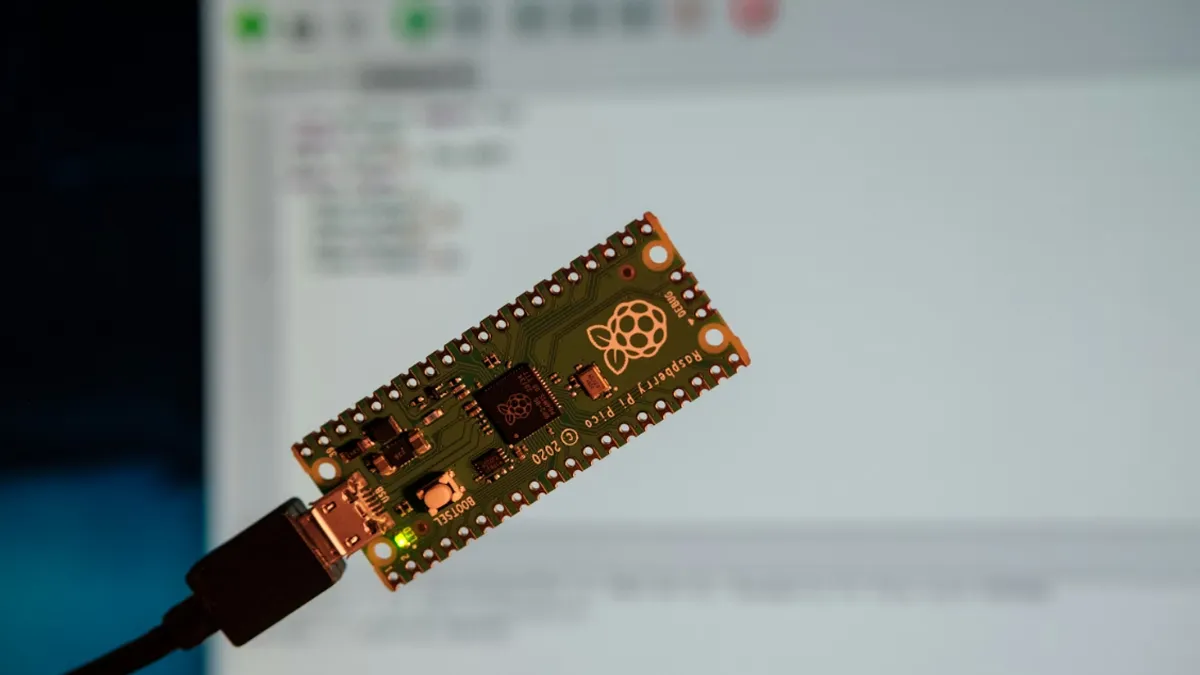
What Does EN71 Certified Mean?
EN71 is a series of harmonized Toy Safety Standards developed by the European Committee for Standardization (CEN), with the fULl name "Toy Safety". It is the core technical specification for ensuring the safety of toys for children under 14 years old and serves as the "access pass" for toys to enter the EU market. Its core value lies in providing actionable testing methods and technical details for the EU Toy Safety Directive (2009/48/EC). Products complying with en71 standards are directly deemed to meet the requirements of the Directive without additional verification. In addition, electric toys must also comply with the EN 62115 standard developed by CENELEC.

Main Test Contents
I. Mandatory Tests
1.EN71-1: Physical and Mechanical Properties
Targets physical risks that may arise during the use or misuse of toys. It includes sharp point/edge testing (to prevent scratches), small parts pull test (parts of toys for children under 36 months must withstand a 20N pull force without detachment to prevent accidental swallowing), and packaging plastic film thickness requirements (≥0.038mm or densely perforated to prevent suffocation). Christmas balls and plush toys are often recalled due to small parts detachment, mostly for failing this test.
2.en71-2: Flammability
Classifies toy materials into three categories. Among them, Category 1 materials such as plush and fabrics must have a burning rate of ≤30mm/s. Materials like foaming agents that are explosive when exposed to fire are prohibited. Party streamers and fabric toys must pass this verification.
3.EN71-3: Migration of Certain Elements
The most stringent chemical safety standard. The 2024 revised version (en 71-3:2019+A2:2024) further optimizes testing methods and specifies limits for 19 heavy metals: lead ≤90ppm, cadmium ≤75ppm, and hexavalent chromium in scratchable materials as low as 0.053mg/kg. The standard also allows inferring the compliance of hexavalent chromium/organotin through "total chromium/total tin migration", simplifying the enterprise testing process.
II. Supplementary Tests
1.Specialized Chemical Toys:
EN71-4 (Chemical experimental toys, such as kits)
EN71-5 (Non-experimental chemical toys, such as pigments)
EN71-7 (Finger paints, with additional restrictions on preservatives and aromatic amines)
2.Special Function Toys:
EN71-8 (Household activity toys such as swings and slides, including dynamic load testing)
EN71-14 (Household trampolines, with anti-fall design requirements)
EN71-13 (Cosmetic/olfactory toys, controlling the safety of cosmetic ingREDients and odor substances)
3.Organic Compound Control:
en71-9/10/11 (Restricting the migration of organic compounds such as formaldehyde and polycyclic aromatic hydrocarbons)
EN71-12 (Nitrosamine content in rubber toys ≤0.01mg/kg)
Product Category | Specific Examples | Test Standards | Special Requirements |
Electric Toys | Remote control cars, smart robots | EN71-1/2/3 + EN62115 | Dielectric strength, creepage distance testing, noise ≤85dB |
Activity Toys | Household swings, slides, trampolines | EN71-1 + EN71-8 (swings/slides) + EN71-14 (trampolines) | Dynamic load testing (simulating children's weight-bearing) |
Baby Toys | Silicone products, rattles | EN71-1/2/3 | Bite resistance testing, stricter small part size (≥31.75mm) |
Olfactory/Cosmetic Toys | Fragrance building blocks, children's makeup sets | EN71-1 + EN71-13 | Safety of odor substances, compliance of cosmetic ingredients |
Party Toys | Latex balloons, decorative streamers | EN71-1 (anti-suffocation) + EN71-2 (flammability) | Balloon film thickness ≥0.038mm |
EN71 Testing Process and Cycle
I. Testing Process
Preparatory Stage (1-3 working days)
Enterprises need to provide: product manual, list of key materials (such as plastic grade, pigment composition), and representative samples (usually 3-5 finished products; additional material samples may be required for chemical testing).
Laboratory Testing (Core Cycle)
Classified by the complexity of test items:
Basic package (EN71-1/2/3): Suitable for traditional toys, with a cycle of 5-7 working days. Among them, chemical testing (EN71-3) takes a longer time, requiring sample digestion, instrumental analysis (ICP-MS method) and other steps.
Specialized package (including EN71-4/7/13, etc.): For example, chemical experimental toys need additional EN71-4 testing, and the cycle is extended to 7-10 working days.
Composite package (including EN 62115): Electric toys need to add electrical safety testing, with a cycle of 10-15 working days, involving multi-dimensional testing such as heat generation and radiation.
Report and Certification (2-5 working days)
After passing the test, the laboratory issues a report with the CEN recognition mark. Enterprises apply for CE-TOY certification with the report, ensuring that the product model and test number in the report are consistent with those in the certificate.
EN71 Testing Cycle
Product Type | Test Items | Cycle |
Plush Dolls | EN71-1/2/3 | 5-7 days |
Electric Remote Control Cars | EN71-1/2/3 + EN62115 | 10-15 days |
Children's Makeup Sets | EN71-1/3/13 | 7-10 days |
Household Trampolines | EN71-1/8/14 | 12-18 days |
Email:hello@jjrlab.com
Write your message here and send it to us
 Infant Support Pillow 16 CFR 1243/1242 & ASTM
Infant Support Pillow 16 CFR 1243/1242 & ASTM
 BRM Registration Card Under CFR Part 1130 Regulati
BRM Registration Card Under CFR Part 1130 Regulati
 How to get a D-U-N-S® Number for US FDA Registrati
How to get a D-U-N-S® Number for US FDA Registrati
 Household Massage Devices Compliance in the China
Household Massage Devices Compliance in the China
 Compliance for the Global In Vitro Diagnostic (IVD
Compliance for the Global In Vitro Diagnostic (IVD
 Compliance Guide for Nebulizers in European and Am
Compliance Guide for Nebulizers in European and Am
 Cybersecurity Certification Service for EU RED Dir
Cybersecurity Certification Service for EU RED Dir
 ANATEL Certification Compliance Guide for Brazil M
ANATEL Certification Compliance Guide for Brazil M
Leave us a message
24-hour online customer service at any time to respond, so that you worry!




